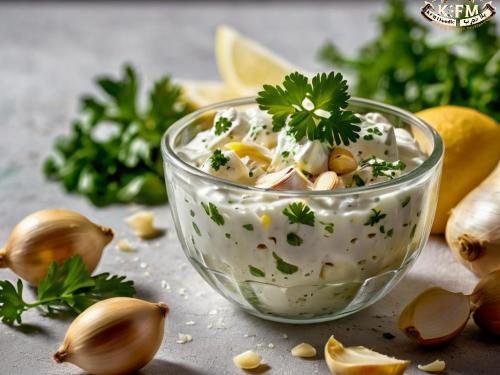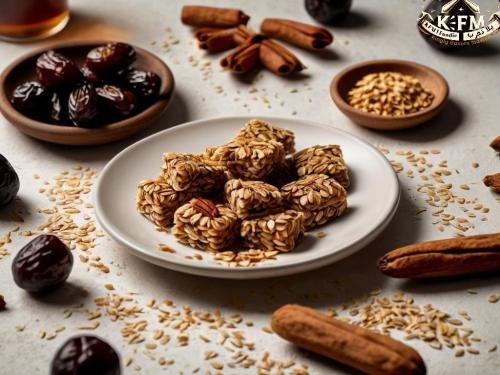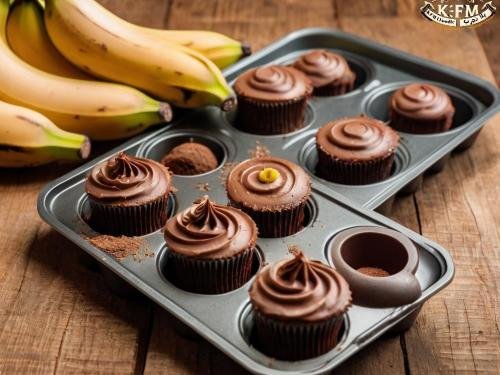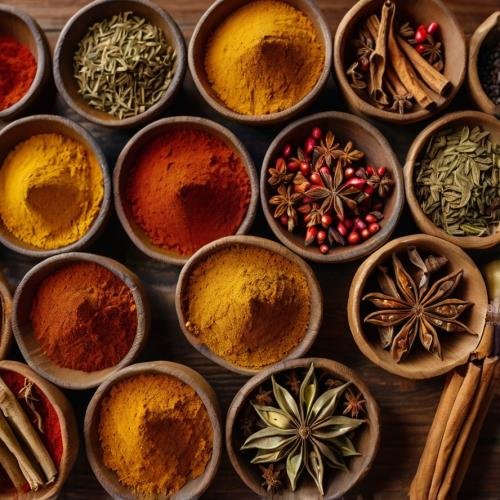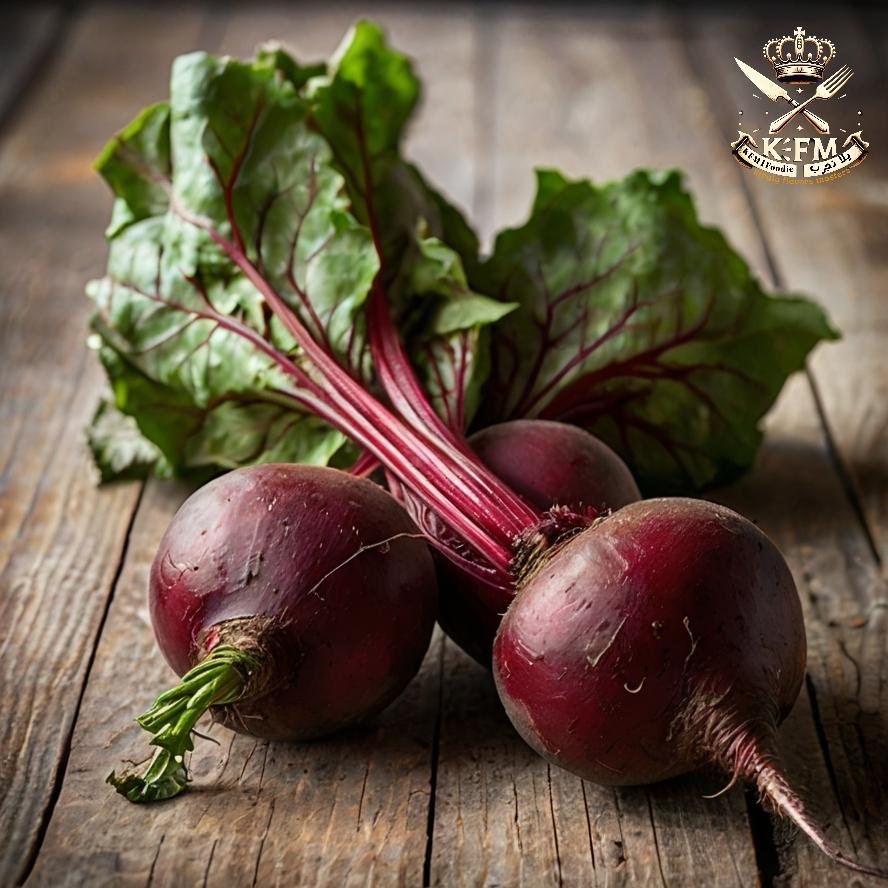
Detailed Steps for Storing Beetroot
- Choosing Fresh Beetroot:
- When shopping, select firm and round beetroot, avoiding those with spots or cuts.
- Ensure that the green leaves are still attached to the beetroot and are fresh, not wilted, as fresh leaves indicate the beetroot was recently harvested.
- Cleaning:
- Wash the beetroot thoroughly to remove any dirt.
- Avoid removing the outer skin, as it helps preserve the beetroot for a longer time.
- Refrigeration Storage:
- This is the most common method of storing beetroot. After cleaning, whole beetroot can be stored in the refrigerator for up to two months.
- Drying:
- After washing the beetroot, dry it thoroughly with a clean towel.
- Ensure the beetroot is completely dry before storing.
- Beetroot can also be dried by slicing it and placing it in an oven or a food dehydrator.
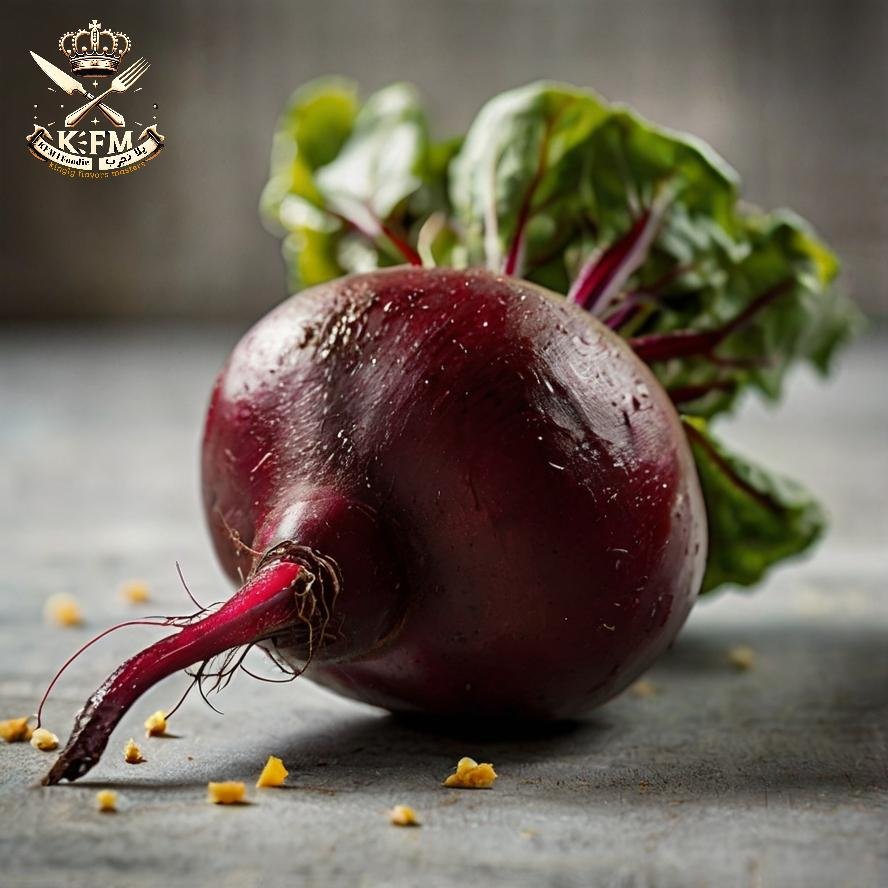
- Storage:
- Place the beetroot in a tightly sealed plastic bag to prevent air and moisture from entering.
- Store the bag in the coldest part of the refrigerator.
- Beetroot can stay fresh for up to two weeks when stored in this way.
- Freezing (Optional):
- If you want to keep beetroot for a longer period, you can slice it and freeze it.
- Place it in airtight freezer bags and label the bag with the freezing date.
- Frozen beetroot can be stored for up to 6 months.
- Pickling:
- A traditional method for preserving beetroot, where it is combined with vinegar and various spices.
Beetroot is not just a colorful addition to our dishes, but also a storehouse of many nutrients that benefit our health.
Why is Beetroot Important for Our Health?
- Vitamins and Minerals:
- Beetroot contains a variety of essential vitamins and minerals, including vitamin C, B vitamins, potassium, and iron. These nutrients play a vital role in supporting the immune system, improving blood health, and boosting energy levels.
- Nitrates:
- Beetroot is high in nitrates, natural compounds that convert into nitric oxide in the body. Nitric oxide helps expand blood vessels and improve circulation.
- Nitric oxide enhances the elasticity of blood vessels, reducing pressure on the heart and lowering blood pressure.
- Heart Disease Prevention:
- Due to its effect on circulation, beetroot helps prevent cardiovascular diseases like atherosclerosis, heart attacks, and strokes.
- Fiber:
- Beetroot is a good source of dietary fiber, which plays an important role in digestive health and helps promote feelings of fullness.
- The fiber in beetroot acts as a "scrubber" for the intestines, helping to regulate bowel movements and ease digestion.
- Fiber helps prevent constipation and promotes satiety.
- Antioxidants:
- Beetroot contains antioxidants that protect cells from damage caused by free radicals, reducing the risk of chronic diseases and lowering the risk of cancer.
- Liver Health Support:
- Beetroot contains antioxidants like betalains that help detoxify the liver and enhance its functions.
- Improved Athletic Performance:
- Beetroot enhances muscle performance, increases stamina, and reduces fatigue.
- Fighting Inflammation:
- It contains antioxidants that help combat inflammation.
Warnings and Side Effects:
- Allergy:
- Beetroot may cause allergies in some individuals.
- Kidney Stones:
- People with kidney stones should consume beetroot in moderation.
- Urine Color Change:
- Beetroot may cause urine to turn red, which is normal and not a cause for concern.
- Individuals with certain health conditions, such as kidney stones, should consult a doctor before increasing beetroot consumption.
- Consult a Doctor:
- It's best to consult a doctor before adding beetroot regularly to your diet, especially if you have any chronic health conditions.
Important Tips When Using Beetroot in Cooking:
- Versatile Uses for Beetroot:
- Beetroot is not only delicious but also versatile in cooking. It can be added to salads, juices, soups, or even enjoyed as a roasted snack.
- Tasty Recipes Using Beetroot:
- Here are some delicious recipes, such as beetroot salad with feta cheese, creamy beetroot soup, or even sweet beetroot fritters.
- Hand Staining:
- Wear gloves when cutting beetroot to avoid staining your hands.
- Choosing Beetroot:
- Choose beetroot that is firm with a uniform dark red color.
- Eat Fresh:
- Try to consume beetroot fresh as much as possible to get the maximum nutritional benefits.
In summary, beetroot is a healthy and tasty food that adds great nutritional value to your diet.
Additional Information:
- Importance of Beetroot in Diets:
- Beetroot can be incorporated into various diets such as the keto diet, Mediterranean diet, and vegetarian diet.
- Unconventional Uses of Beetroot:
- Beetroot can be used as a natural coloring agent in cooking and confectionery, or even in the production of natural cosmetics.
- Beetroot in Skincare:
- Beetroot is used in many skincare products due to its antioxidant and anti-inflammatory properties.
- Beetroot in Food Production:
- Beetroot is used in the production of colored foods, such as pickles and sauces.
- Beetroot as a Natural Dye:
- Beetroot juice can be used as a natural dye to color fabrics and foods. Beetroot offers natural colors and distinctive flavors in your kitchen.
Historical Uses of Beetroot:
- Traditional Medicine:
- Beetroot has been used in traditional medicine to treat various ailments, such as anemia and inflammation.
Variety of Recipes Using Beetroot:
- Beetroot and Orange Soup:
- A refreshing and delicious combination of flavors.
- Beetroot, Blue Cheese, and Walnuts Salad:
- A rich salad with a blend of flavors and textures.
- Beetroot Filling for Pies:
- A delicious and nutritious filling for pies and sandwiches.
- Beetroot Chocolate Cake:
- A dense and delicious cake with the rich flavor of chocolate and beetroot.
1. Juices and Drinks:
- Beetroot Juice:
- A popular healthy juice, rich in vitamins and minerals that boosts energy.
- Beetroot Smoothie:
- Blend beetroot juice with other fruits and vegetables like apple, carrot, and ginger for a refreshing and nutritious drink.
- Beetroot in Soups:
- Add beetroot cubes to vegetable soups for an attractive pink color and earthy flavor.
2. Salads:
- Beetroot and Blue Cheese Salad:
- A perfect mix of vibrant colors and bold flavors.
- Beetroot, Apple, and Walnut Salad:
- A light and refreshing salad, perfect for a snack.
- Roasted Beetroot Salad with Vegetables:
- Add roasted beetroot to salads for a smoky flavor.
3. Main Dishes:
- Roast Beef with Beetroot:
- Beetroot adds a sweet and tangy flavor to roasted meats.
- Grilled Chicken with Beetroot Sauce:
- Beetroot sauce makes grilled chicken more tender and flavorful.
- Pasta with Beetroot and Ricotta:
- A vegetarian dish full of color and flavors.
4. Desserts:
- Beetroot Chocolate Cake:
- Adds moisture and an earthy flavor to chocolate cake.
- Beetroot Jam:
- A delicious jam that can be used on bread or in desserts.
Conclusion:
Beetroot is a versatile vegetable with many benefits and uses. It can be stored fresh for a long time by following the right steps. Whether you want to use it in everyday cooking or store it for longer periods, these tips will help you make the most of this amazing food.















